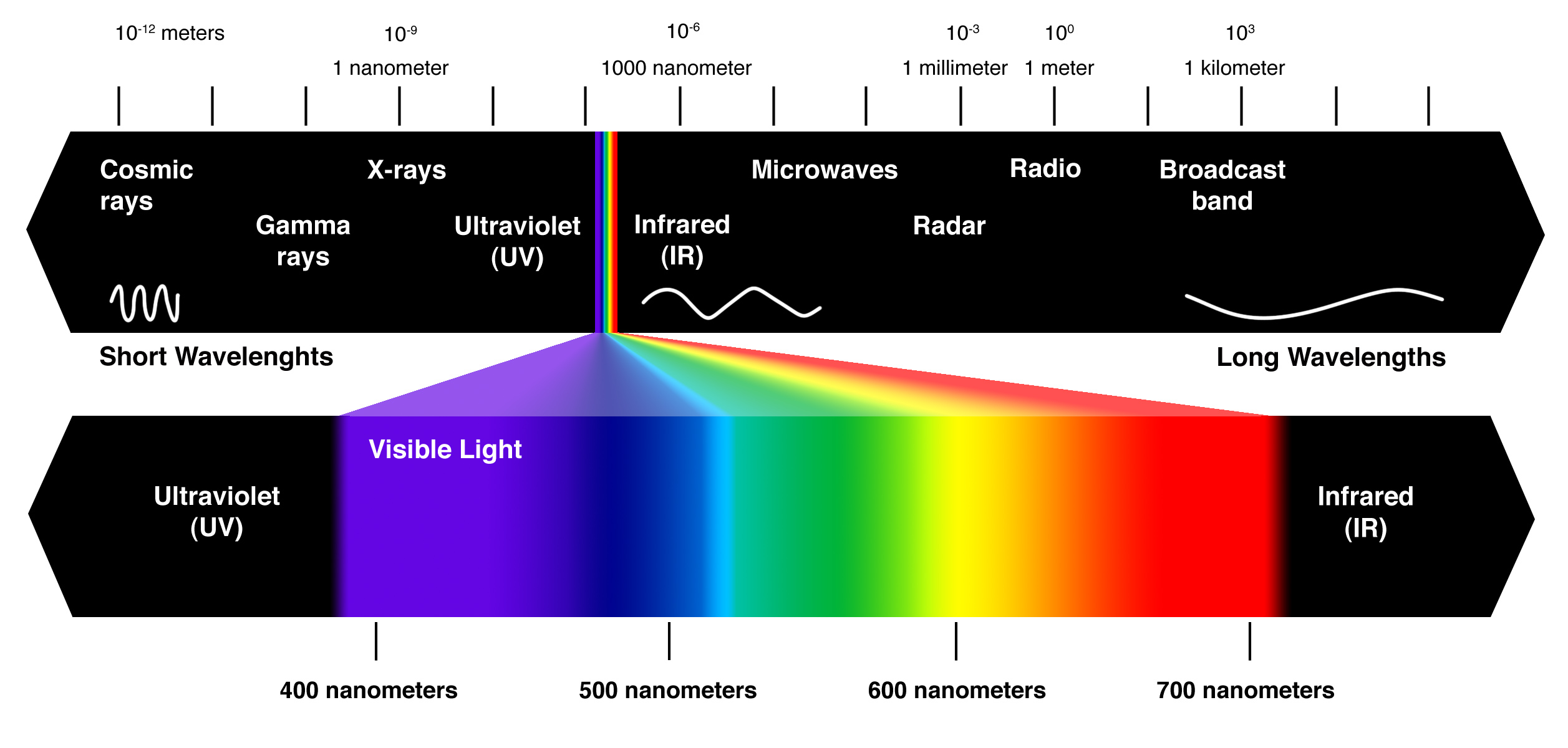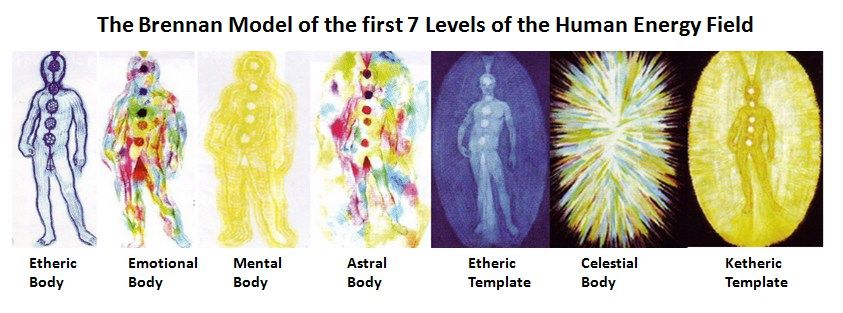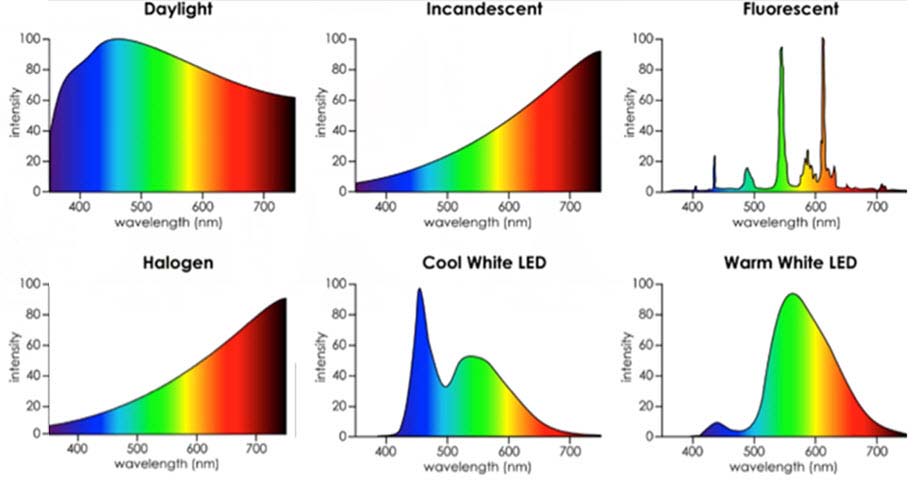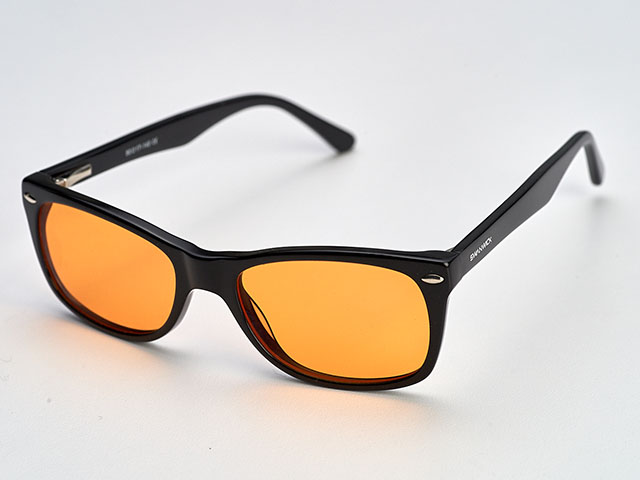Originally published sometime in mid 2022

I often talk a lot about diet to people who see me. It amazes me that so many people in the new-age/spiritual community don’t look after their physical bodies, even if they realise that the physical body has a big impact on the energetic bodies. Diet is complicated because there are many interested parties that want it that way unfortunately.
One of the more interesting aspects I find is that not only do we need food, we need light too to be healthy. In this modern world we are being exposed to so much artificial light that is very out of balance with the light we would be getting from the sun and nature. There are already many studies showing how various diseases can be created by artificial light or a lack of sunlight regardless of diet and exercise. Yet they keep rabbiting on about getting us out of the sun, smearing on sun-cream (that are full of toxic chemicals I might add), wearing sun-glasses and even staying indoors during (fake) pandemics, resulting in us spending even more time looking at the artificial light coming off of our phone & TV screens!
So lets take a bit of a look at light, both visible and not, and why it is important for us to get enough and in the right amounts for us. Let’s start with one of the ways we sense light…
We sense different vibrations via the photoreceptors in our eyes and also within our pineal gland. What we sense via our physical eyes that is interpreted in the associated areas of the brain, is called “visible light.” However, we also sense other wavelengths of light at a higher vibrational range than the physical eyes within our pineal gland, and this is also interpreted in the brain for us to perceive images.
Whether through our physical eyes or the “inner eye”, those images are made up with what we call colours. For the sake of this article I am going to include tones as colours too, for all those that say black for example is a tone not a colour!
Some people sense more colours than others
Some people literally see more colours than others due to them having more different types of photoreceptors in their eyes and/or due to the brain interpreting more of the information coming to it. This can be due to how able the body is at having enough energy to support producing multiple photoreceptor types and efficient brain functioning i.e. how healthy the physical body is. It can also be due to what genetics are present and whether or not they are “switched on” or not. Ultimately of course, our intention has a big impact on what we are able to see. For example, if we don’t intend to explore being able to see the aura through our eyes, then we are not likely to see beyond the “normal” range of vision.
There are charts on the internet you can find that can help you work out how many colours you can see and how well you can distinguish between the colours too. Generally, most humans see colours that are from the red part of the spectrum, towards violet at the other end of the spectrum and very few people can see into the infrared and ultraviolet forms of light let alone beyond that.

Each colour has a different vibration and we are made of a wide range of these
Light has a wide range of frequencies that we call colours. Blue light is energy that oscillates faster than red light, so it is said to be of a higher vibration than red light. The chart above shows how different colours of visible light can be measured, in this case by wavelength in nanometers. The shorter the wavelength the faster the oscillations and thus the faster the vibration/frequency.
Our aura and by extension, our physical bodies, require light. Without it, we could not function as we are literally made of light. Each part of our physical body as well as each density/body of the aura, is made up of many different frequencies of light. You can see this in any aura imaging picture as well as thermal imaging pictures for example.
If a certain wavelength of light is missing then it could eventually manifest first problems in the aura and then eventually in the physical body. As such, exposure to different wavelengths of light can be beneficial for us in various circumstances.
Even though it is common place for people in the new-age/spiritual communities to say that the higher the vibration, the better it is for us, we actually exist as a range of different frequencies and need lower vibrational frequencies too.
The picture below shows how each light body, or if you like each density of the aura is made up of different colours of light. Each body requires certain wavelengths of light to keep it healthy. This is the Barbara Brennan model based on how she perceived the aura and is simplified because not all colours can be shown correctly.

You could also say that both our physical body and the food we give it are “trapped light.” The foods we eat contain different forms of trapped light from which we use directly and/or alter to build our bodily tissues. If the physical body is not getting enough varieties of this trapped light and/or is not able enough to convert this light into the different frequencies it needs, then the physical body will suffer which will create problems eventually in the aura, affecting emotions, thoughts, astral experiences and so on.
As I repeatedly say in sessions with clients, the physical body and energetic bodies are reciprocally related, so it is best to work from both sides if you wish to heal, grow and/or awaken.
Each wavelength of light effects us in different ways
Blue light for example, (of which we get a huge amount of from modern light bulbs, phone screens, TVs etc) is great if you want to be more active and awake because our bodies are “programmed” to become more active when the sun is higher in the sky, when we receive more blue light from it.
Red light by comparison we would get more when the sun lowers in the sky and especially when it goes below the horizon, so we are programmed to be in a more rest, digest and healing state at these times. You will find a ton of research on how red light and infrared light has been used to heal a great many conditions and red light panels, saunas, bulbs etc are very popular right now as a result.
It might be obvious then, as to why many people are out of sync with nature and thus why we are stressed so much. We often don’t go outside much and thus don’t get a balanced variety of lightwaves from the sun and nature. We are also exposing ourselves to not only a disproportionate amount of blue light from our screens during the day, but we also get a lot of this very early in the morning and during the dark hours when our body is meant to be relaxing and in a more healing state. You can look up research on serotonin and dopamine and how light affects their production for example, if you want to start looking scientifically at this.
There are different ideas on how each colour affects us
I had to complicate things didn’t I?!
The description in the last paragraphs is of how blue and red light as examples, affect us based more on biochemical and physiological science.
Spiritual/new age perspectives often state that red is stimulating, not blue, because it is the colour of the base chakra and this grounds us and helps us obtain energy from this reality. Blue likewise is said to be calming in contrast to above as it is more to do with the throat chakra.
So why the difference of opinion? You could talk about cabal influence on the spiritual community, creating opposing opinions, conflict and confusion (as they seem to do in all subject areas unfortunately) but there are other reasons.
For starters, the colours of each chakra, as people tend to believe, are based on the colours of only the emotional body/density that Barbara Brennan and others who formed the modern view of the aura perceived them.
As a side note, the colours of each chakra appears to be a modern addition to the aura model, likely starting in the West – I will perhaps write a post about the different models of the human aura in future as there are actually many models! It also gets a bit confusing as even with similar models, various people name the different densities/bodies/levels differently.
The “etheric” density of the aura, the closest to the physical body, for example is blue in the Brennan model. Yet in other models it is red. Even among people I know who have done the 4-year Brennan course say they sense this first density as red even if the books and teachings they followed marked it as blue. Infrared makes more sense to me as that is the colour research says flows through the meridians, which I view as mainly being related with the first density.
You will also notice that reds and blues are not just seen in one density/body but different shades are seen in multiple levels and thus a slightly different wavelength of a colour may affect different aspects of the aura.
There is also the subject of dirty colours. Often people will say that red is the colour of anger. “Red with anger” is a common phrase, but to me anger is red that has been slowed down and so appears to be a darkened/dirty red. “Green with envy” another English phrase that suggests that green is not a good colour, but again envy to me looks like a dirty green.
Vibrant colours are what suggest to me a healthy aura rather than dirty ones and because we exist in multiple densities, not just one, we need a range of vibrant colours rather than just those that we deem “higher vibrational.”
Perception is everything
As you can see, as with many things beyond the physical, there are many different viewpoints on what colours are seen at different densities and within each chakra making it very confusing from the 3rd density level of consciousness that most of us operate on – i.e. that there is only one answer to every subject.
When it comes to the aura and practices beyond the physical, it is therefore a very good idea to experiment with colours. If you are using the Brennan model of the aura to help you understand and connect to your aura for example, you might find visualising red helps you open up the base chakra on the emotional level more if it is somewhat closed. Or if it is overused compared to other chakras, the red might make the disparity with other chakras more of a problem and so red isn’t useful. Red, even if it is vibrant might seem to exaggerate anger in some people yet in others may help to clean up the dirty red colour and thus turn the anger into motivation.
In others, blue colours might be better to help calm down the dirty red anger. Or maybe using any other colour associated with a body part, chakra or aura issue creating stagnation that leads to anger may be better to resolve the situation. This might include pink colours for connecting with the heart chakra on the 4th density and the feelings of love, or pearlescent colours associated with the 6th density and joy . Of course the anger may be an indication that an issue is already starting to resolve, especially if it is a vibration lower than anger, such as guilt, regret, depression or the grey of fear, so using colours to help the underlying issue may bolster that.
Maybe seeing a colour in a specific location is better for some situations and seeing you surrounded by it in other situations is better. Some people like visualising white light as it contains all the colours combined making it a useful all-round colour to use in spiritual/healing practices. Others like using purple colours as it is one of the higher vibrational colours and it helps dissolve away lower vibrational energies and things. There are a great many possibilities when it comes to colours and healing.
Everyone has a different need for different forms of light in their aura as we are going through a wide variety of experiences and our auras are affected differently as a result. As always be curious and play around to see what works for you, and remember that despite tendencies, our auras are in a constant state of flux and so what helps one day may not be beneficial the next.
I of course am happy to help anyone explore healing techniques like this and especially teaching them. Just book in for an appointment if you’d like this – www.grantpodesta.com/booking
There are various healing machines that can emit all sorts of wavelengths of light to help you, with or without reading your aura/vibrational field first but I have limited experience of these, so you’ll need to do your own research on this.
Advice on the physical side
Even though we are all different and there will be a variety of colours we may need each day, because of the way technology is going and how we spend less and less time outside in modern lives, I will give some general advice here that should benefit most people.
Modern technology is clearly favoring blue light over other wavelengths of light. Not just in TV/phone/computer screens but also LED lights on appliances, the various forms of modern light bulbs both inside buildings as well as on and in cars, street lamps and so on. If you look at the colour chart of light given off by these screens, they look the same or similar to the graph given for the “cool white LED” graph below:

Notice the huge peak of blue coming from the white LED light bulb? It is the same problem with computer, phone and TV screens. That blue spike is right in the middle of where scientists have warned that it could cause detrimental health effects, including on the production of melatonin. Even the “warm white LED” bulb is a problem as green light very early or late in the day can still affect the rhythms of the body, including melatonin.
Some very interesting research suggests that even your skin being exposed to a small LED light on a fridge, washing machine, dishwasher etc late at night for only a minute or so, was enough to make an impact on melatonin production that night.
The older incandescent blubs that they are slowly getting rid of, under the excuse of them being not as energy efficient, are actually much better for being more harmonious with the sort of light we would be getting from the sun very early and late in the day. Not that we should be having light during the night anyway but they have less of an impact than modern lights.
So as you can see, the shift in what light we are receiving as more and more modern appliances are made is huge and doing something to balance this, regardless of the differences of light needs in our aura, is important for our health.
Some things we can do to mitigate modern lights:
Many of the larger companies already are aware of this issue and provide apps to lower blue light exposure. Apple and android phones for example already have blue-light filters as part of their app packages. However, do they lower the amount of blue light enough to mitigate detrimental health effects? According to scientists researching this, especially in the early morning and evenings, not even close!
It is not hard however to find good apps that block blue light better. Twilight, iris, redshift and red moon are examples of apps that are freely available to download for your phone or computer. Many of the better apps also track the sun so that you get more blue-light blocking at the beginning and ends of the day compared to the middle of the day. I personally use iris on my laptop and twilight on my phone and both are good apps that can be downloaded for free.
If you really want to take your health serious then the screen unfortunately will look very red during dark periods. This might be fine of most applications but if you need to see all colours for your work or so you can fully enjoy a movie or picture, then you might need to alter the settings or pause the apps for a time.

The only issue I have against the glasses is that it only stops the light getting in through your eyes. Whilst the photoreceptors in the eyes are the main ones to be concerned with when it comes to affecting bodily rhythms, those receptors are actually all over the body, especially in the skin and even around the brain. Even the man behind the Blue Blockers company wears a hoodie at night to stop light getting to his head and neck! There was a very interesting interview with him on www.extremehealthradio.com if that interests you. He even recommends using blinds/curtains etc if you have street-lights or neighbors that use a lot of lighting that comes through your windows.
Light-bulbs are perhaps one of the most awkward, especially if you have a lot of visitors coming around at night. Red light bulbs are great for the evening health-wise but they have a bit of a reputation with “ladies of the night” don’t they! Some people like to use red lights in their bedroom, bathroom and other rooms that they would use at night and/or where other people are not likely to go in at night. Yellow coloured or bulbs that are incandescent or have a similar light profile to incandescent bulbs are better used in areas you use more in the day-time. Some like to use bulbs that you can vary the light profile of. I do have a remote controlled LED light bulb that can change colour with the push of the button but they can be expensive. Whatever light bulbs you look into, have a look at the light profile they give off before you buy!
There are many options but it is difficult to completely get away from unbalanced light, especially outside of your home and of course you may need a bright light at night at times for working/reading etc or maybe you want to watch a movie without filtering so you can experience it fully for example. We all have to experience life after all!
I would say that generally the best things you can do is to simply be more in tune with your body and limit your exposure to modern technologies early in the morning and late at night. If you need to use computers/phones etc then try to use them in the middle of the day as much as possible and of course try to get as much natural light by going outside or at least do things to get natural light inside as much as possible.
You get out what you put in
There is a huge amount to talk about when it comes to light. Far more than I was able to touch upon in this blog and father reaching effects too. For example how the skin is a huge photoreceptor that uses light for photosynthesis in producing useful chemicals such as vitamin D in its correct form. Or how certain forms of light can open up spiritual aspects of ourselves. However, I hope that it was enough to make you pay attention to what light you are digesting throughout your day and what you might be getting too much of and what you might be not getting enough of, and how it might be affecting your physical body, aura, emotions, thoughts and even astral experiences. Nature is far more balanced for us, not just in terms of light so get out in it as much as you can!
